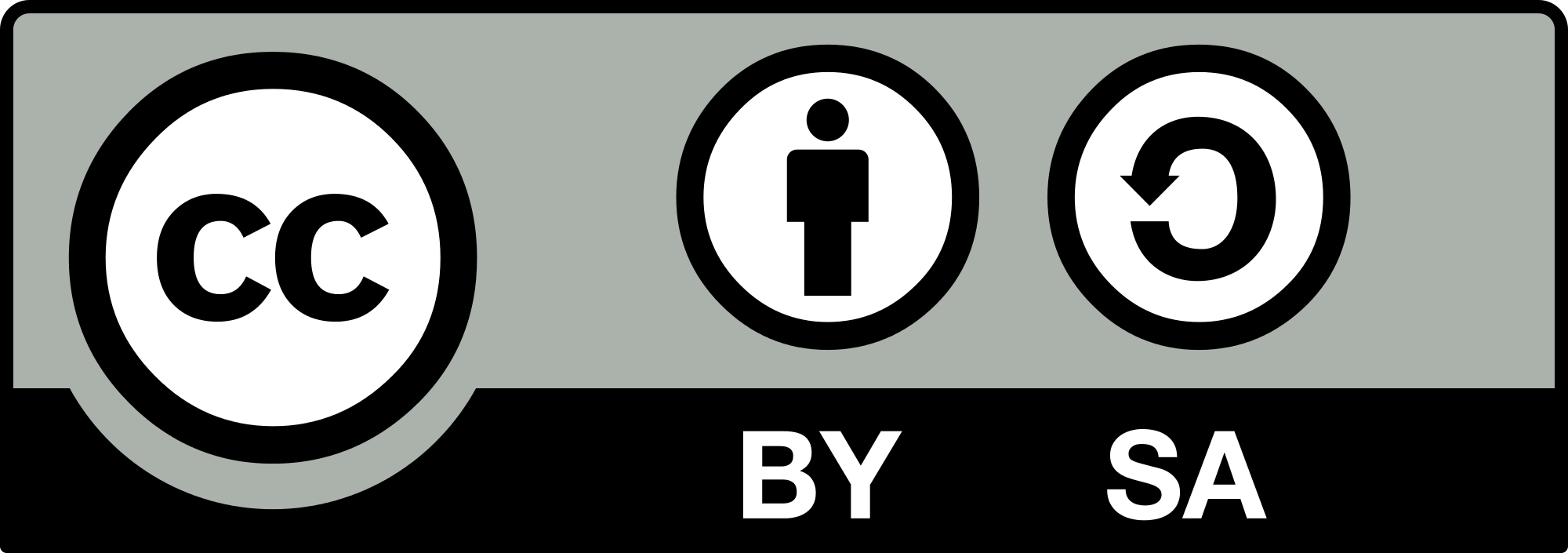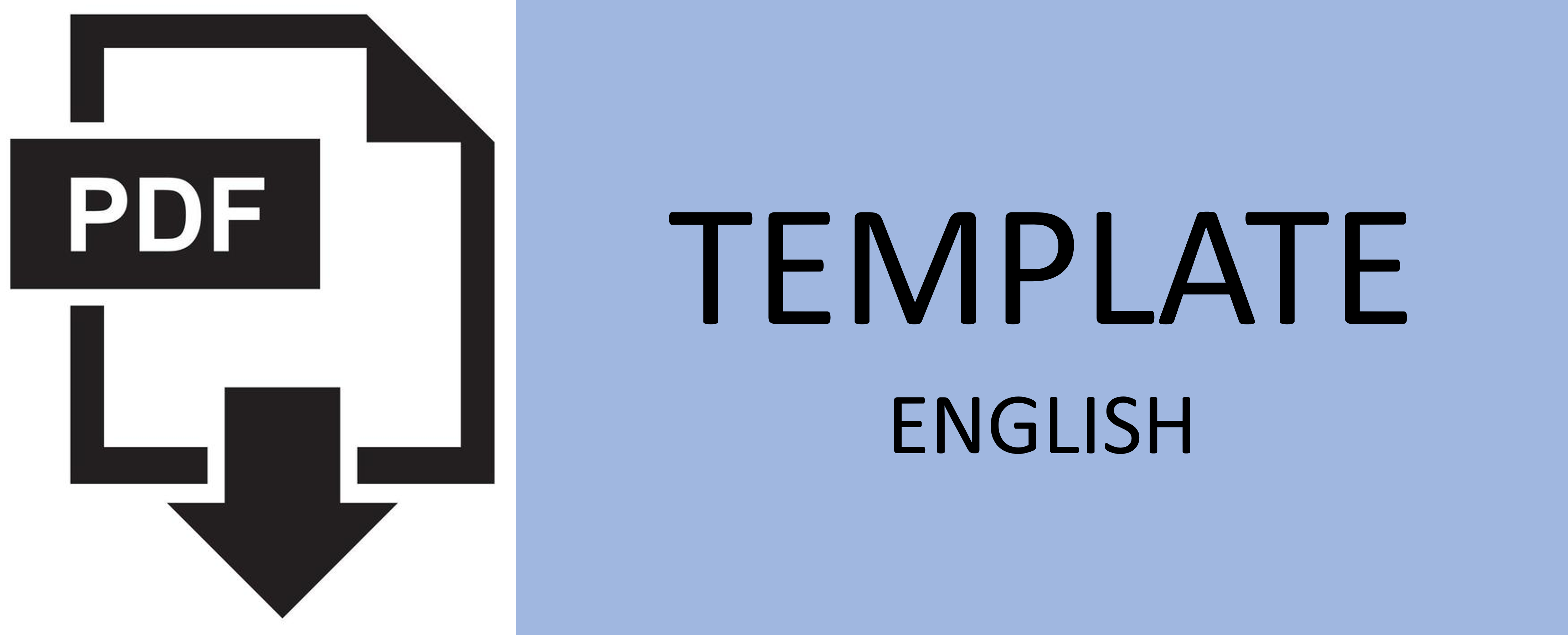THE EFFECTS OF SIDE FRICTION REDUCTION TO THE PERFORMANCE OF UNSIGNALIZED INTERSECTION (CASE STUDY IN BANDUNG, INDONESIA)
Abstract
Keywords
Full Text:
PDFReferences
Statistical Bureau of Bandung Municipality. “Bandung in Statistics 2007”, 2007.
Samsat Kota Bandung. “Data of Number of Vehicles in Bandung up to October 2008”, 2008. http://ditlantaspoldajabar.blogspot.com, accessed July 2009.
Sutandi, A. C. “Advanced Traffic Control Systems Impacts on Environmental Quality in a Large City in a Developing Country,” Journals of Eastern Asia Society of Transportation Studies, Volume 7, ISSN: 1881-1124, 2007, pp. 1169 – 1179.
American Association of State Highway and Transportation Officials (AASHTO) Strategic Highway Safety Plan (SHSP). “Unsignalized Intersection Collisions,” 2010. available at http://safety.transportation.org/htmlguides/UnsigInter/exec_sum.htm, accessed March 2010.
Pan, F.; Zhang, L.; and Lu, J., “Unsignalized Intersection Level of Service Based on Safety”, Journal of American Society of Civil Engineers (ASCE), pp. 645-652, 2008. available at http://dx.doi.org/10.1061/40995(322)60, accessed March 2010.
U.S. Department of Transportation Federal Highway “A Guide for Addressing Unsignalized Intersection Collisions Unsignalized Intersection Safety Strategies,” Administration Office of Safety. NCHRP Report 500, Volume 5, July 2008. available at http://safety.fhwa.dot.gov/intersection/unsignalized/presentations/nchrp500_v5/ , accessed March 2010.
Khisty, J. G.; and Lall, K. B., “Transportation Engineering An Introduction,” Second edition, Prentice Hall, Inc., Upper Saddle River, New Jersey 07458, 1998.
Transport Canada, Road Safety and Motor Vehicle Regulation Directorate. “Measuring Safety at Unsignalized Intersections and Establishing a Process for Determining Traffic Signal Safety Warrants”, Synectics Transportation Consultants Inc, 2003.
Ogden, K.W.; and Taylor, S.Y., “Traffic Engineering and Management,” Institute of Transport Studies, Department of Civil Engineering, Monash University, Clayton Vic 3168, Australia, 1999.
American Association Of State Highway And Transportation Officials (AASTHO), “A Policy On Geometric Design of Highways And Streets,” Washington D.C, 2001.
Directorate General of Highways, Republic of Indonesia, “Indonesian Highway Capacity Manual 1997 (IHCM, 1997)”, Directorate General of
Highways, Directorate of Urban Road Development, Ministry of Public Works Republic of Indonesia, 1997.
Novaliya, “Pengaruh Pengurangan Hambatan Samping Terhadap Kemacetan Lalulintas Simpang Antara Jalan Rajawali dan Jalan Dadali Bandung,” Thesis, Civil Engineering Department, Faculty of Engineering, Parahyangan Catholic University, Bandung, Indonesia, 2009.
Google Maps, 2010, http://maps.google.com/, visited: 21 October 2010.
DOI: http://dx.doi.org/10.12962%2Fj20861206.v29i2.1728
Refbacks
- There are currently no refbacks.

Journal of Civil Engineering is licensed under a Creative Commons Attribution-ShareAlike 4.0 International License.







.jpg)